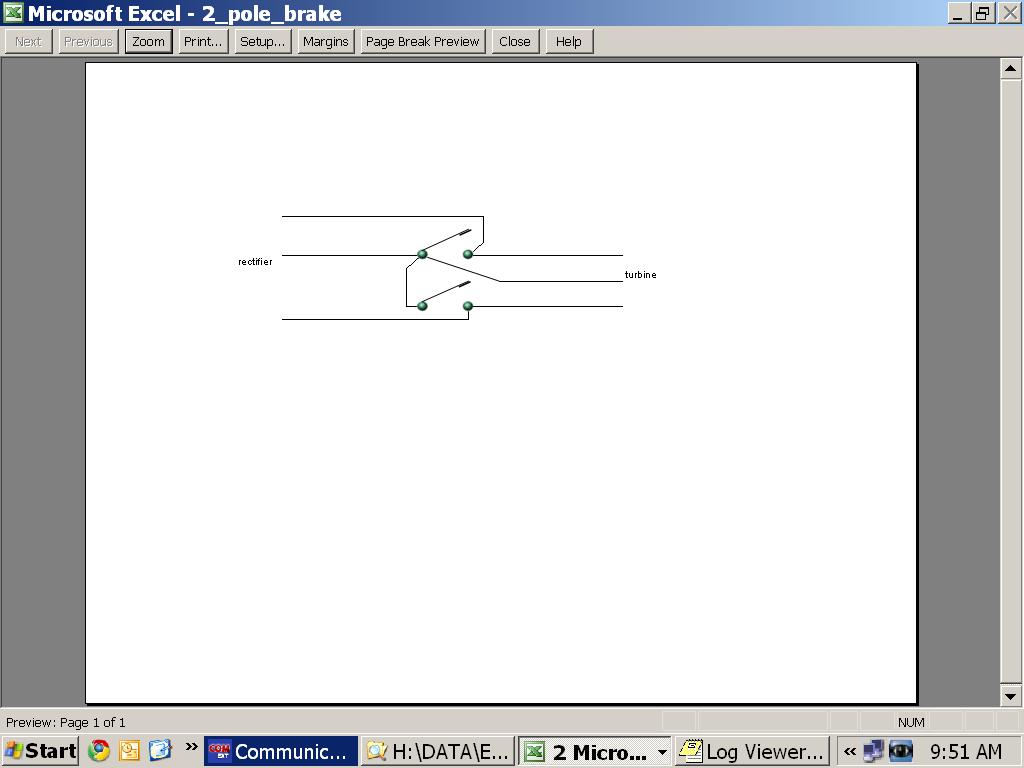This may be a lobbed pitch over the plate, but it is a question I've been wondering about:
In schemes where folks are shorting the windings for braking, is it best to short the windings while connected, or to isolate the rectifier and controls?
We were considering putting a braking switch at the base of the tower (as a parking brake primarily). I had invisioned a 3-pole transfer switch where the turbine was the common set of contacts, and one set of poles was shorted. In this scheme you would simultaneously short the windings and isolate the AC line to the controls.
Neilho had suggested simply shorting them with a 2-pole switch, something like this:


" alt="" class="bbc_img" />
I believe a SWWP turbine that we repaired awhile back used this method. It sure seems simpler and cheaper. My question is there any risk to other components (rectifier, controller, etc.), or other danger or disadvantage?
~kitestrings